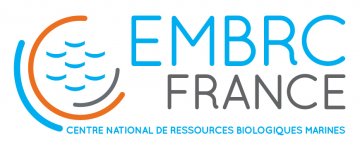QPX disease in the clam Mercenaria mercenaria: from early days to the genomics era
Quahog Parasite Unknown (QPX) is a Thraustochytrid (Phylum Labyrinthulomycota, e.g. slime mold) that causes significant mortality in wild and aquacultured hard clam stocks along the northeastern coasts of America.
Dr Bassem Allam
Quahog Parasite Unknown (QPX) is a Thraustochytrid (Phylum Labyrinthulomycota, e.g. slime mold) that causes significant mortality in wild and aquacultured hard clam stocks along the northeastern coasts of America. Until recently, most investigations dealing with QPX were limited to histopathological surveys of affected clams. The discovery of QPX disease in NY waters in 2002 triggered the design and implementation of an ambitious monitoring and research program to unravel QPX disease dynamics in the field and to assess factors involved in disease development and clam resistance. This presentation will summarize findings obtained during the seven years of this program and will lay the roadmap for ongoing and future investigations. Briefly, these investigations (1) provided new insights into the dynamics of QPX disease in the field, (2) demonstrated the genetic bases for disease resistance in clams, (3) demonstrated the impact of environmental factors (particularly temperature and salinity) on disease development and clam immunity and mortality, and (4) unraveled host-parasite interactions at cellular and molecular levels. These investigations generated a large amount of genetic information that was used to develop clam expression microarrays (cDNA arrays and oligoarrays) allowing the identification of genes modulated by the exposure to QPX or that represent promising potential markers of clam resistance toward the parasite. This approach is expected to facilitate the discovery of biomarkers and molecular mechanisms characteristic of both resistance to, and dysfunctions caused by, QPX; it can also potentially lead to the development of test systems that are cost-effective and time-efficient for the screening and selection of clam stocks.







